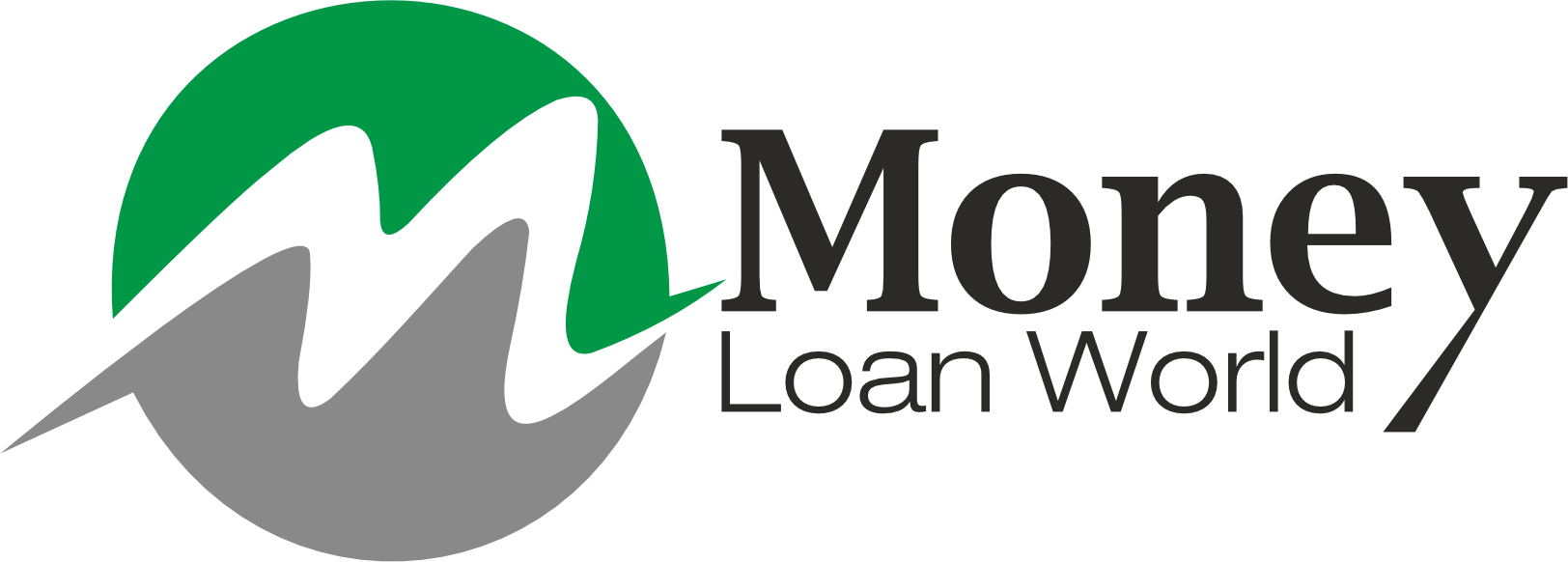In an era characterized by rapid technological advancements, financial solutions have evolved to keep pace with our fast-paced lives. Quick loans online have emerged as a valuable resource for individuals seeking swift access to funds in times of need. This comprehensive guide aims to demystify the realm of quick loans, shedding light on their benefits, potential pitfalls, and the strategies to make informed borrowing decisions.

Read more.. The Force of Systems Administration in Business: Building Extensions for Progress
Read more.. The Effect of Globalization on Independent Companies and Neighborhood Economies
Chapter 1: Understanding Quick Loans
Quick loans, often referred to as fast loans or instant loans, are digital financial instruments designed to provide expedited access to funds. Unlike traditional loans that involve complex paperwork and lengthy approval processes, these online offerings are tailored for speed and convenience. Borrowers can apply, receive approval, and access funds within a remarkably short time frame, sometimes even within hours.

Read more.. The Effect of Globalization on Independent Companies and Neighborhood Economies
Chapter 2: Types of Quick Loans
1. Payday Loans: These short-term loans are typically repaid on the borrower's next payday. They are known for their quick approval process but often come with high-interest rates.
2. Personal Installment Loans: These loans provide a larger amount of money and are repaid in equal installments over a specified period. They offer more flexibility than payday loans.
3. Title Loans: Borrowers use their vehicle title as collateral to secure these loans. They are usually short-term and come with high-interest rates.
4. Online Line of Credit: Similar to a credit card, borrowers are approved for a certain credit limit, and they can withdraw funds up to that limit as needed. Interest is only charged on the amount used.
 Read more.. Top 10 Finance management tips
Read more.. Top 10 Finance management tips
Chapter 3: The Benefits of Quick Loans Online
1. Speed and Convenience: The primary advantage is the speed of access. Online applications and automated processes mean that funds can be in your account quickly.
2. Minimal Documentation: Traditional loans often involve extensive paperwork. Quick loans, on the other hand, require minimal documentation, making the process hassle-free.
3. Emergency Relief: Quick loans can be a lifesaver during emergencies like medical bills or urgent car repairs.
Chapter 4: Responsible Borrowing
1. Delve into the details: Take the time to comprehensively grasp the intricacies of the loan, encompassing terms, interest rates, associated fees, and the repayment timetable, prior to finalizing your commitment.
2. Read the Fine Print: Crafting a robust repayment strategy is imperative to ensure timely loan repayment, as any delay can trigger a cycle of escalating debt due to the burden of elevated interest rates.
3. Repayment Strategy: Have a solid plan in place to repay the loan on time. Late payments can lead to increased debt due to high-interest rates.
Chapter 5: Avoiding Pitfalls
1. High-Interest Rates: Quick loans often come with higher interest rates than traditional loans. Carefully consider the total cost of borrowing.
2. Debt Cycle: Failing to repay on time can lead to a cycle of debt, where you keep borrowing to cover existing loans.
3. Unreliable Lenders: Research and choose reputable online lenders to avoid scams and unfair practices.
Conclusion
Quick loans online have revolutionized the way individuals can access funds swiftly. However, with great convenience comes the responsibility of informed borrowing. By understanding the types of quick loans, their benefits, and the essential principles of responsible borrowing, you can harness these financial tools effectively while safeguarding your financial well-being. Remember, quick loans are a tool – how you use them determines their impact on your financial future.

